Shipping from China to Austria: A Comprehensive Guide
Imports to Austria from China are a multi-billion dollar industry. In this guide, we’ll go over everything you need to know to get started.
DFH Logistics is large enough to handle any shipping job, but small enough to care about your needs. Our goal is to tailor shipping solutions for all kinds of clients. Whether it’s express freight, railway freight, or air freight from China, we’re here to help you get started today.
Contact us for a freight quote so we can get you in business!
Importing From China To Austria
How to get started to shipping from China to Austria
6 Steps for importing from China
4 Shipping methods from China to Austria
Shipping Cost from China to Austria
Shipping time from China to Austria
Documents needed for shipping from China to Austria
Why choose DFH as your freight forwarder
Frequency asked questions of shipping from China to Austria
Importing from China to Austria
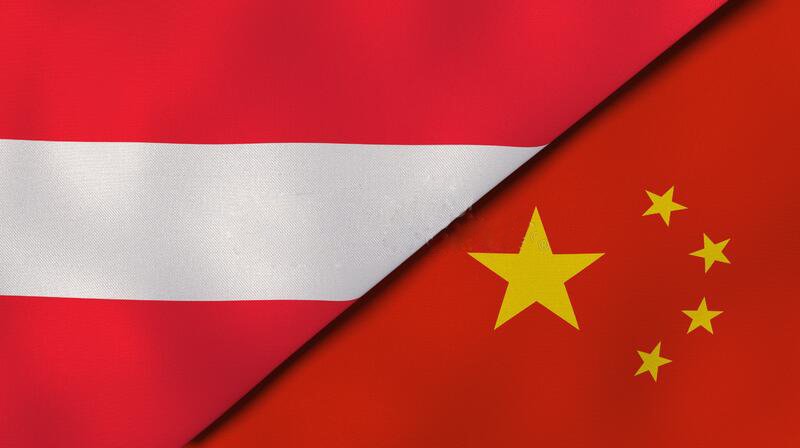
Before you’re ready to export goods from China to Austria, it’s important to factor in the following:
- Both countries’ customs regulations
- Each country’s Import and export policies and restrictions
- Shipping documents
- Suitable modes of transportation for the goods being shipped
- The appropriate shipping routes used by the chosen mode of transportation
Finding a China-based carrier with good rates and that can effectively handle your shipping project will ensure your needs are met, both with regards to maximizing your company’s profit and maintaining the integrity of your inventory.
How to Get Started:
Handling international shipments is a complicated process. It involves coordinating not only the actual shipments, but getting the items through Chinese and Austrian customs while making sure your company follows all regulations and doesn’t violate any restrictions. This takes background knowledge, experience, and the ability to stay informed about changes in the industry. That’s why choosing the right freight forwarder for your company is essential.
Even though you won’t be handling this process yourself, it’s important to know a little about how the process works so you can work through logistics and potential pitfalls with your forwarder.
Step 1: Check trade laws in China and Austria

Make sure you’re aware of current regulations and restrictions when exporting from China and importing to Austria. Both countries have different policies which can change often, so it’s important to stay informed. This is also the time in the process to find out what documents you’ll need to have ready for your goods to pass smoothly through customs.
Step 2: Decide what to import
You probably already have an idea of what merchandise your company is well-equipped to offer. From a business standpoint, it’s vital to make sure there will be a demand for your products in Austria. Check what items currently sell well there. Research levels of demand for products so you know how much you should import and roughly how much it will cost you to produce, market, and deliver those goods to your customers. This is a business venture, after all – you want to make sure at the end of the day, you’re still able to turn a profit after factoring in expenses.
Austria already imports a variety of goods from China. Reviewing their current top imports is a great starting place when determining what your company can offer.
Top Austrian Imports from China:
Electrical and electronic equipment
Machinery, nuclear reactions, and boilers
Clothing items
Furniture, lighting, and prefabricated buildings
Toys and games
Sports equipment
Optical and photo equipment
Technical and medical supplies
Footwear
Iron and steel materials
Plastics
Knowing what already has an existing market and demand in Austria can give you a good idea of what you might be suited to provide for your prospective customers.
If you’re unsure where to start, check Alibaba.com. Alibaba is a Chinese business-to-business website that helps companies find merchandise to sell in other countries. Here’s just a handful of the types of items you can find on Alibaba.com to import to Austria:
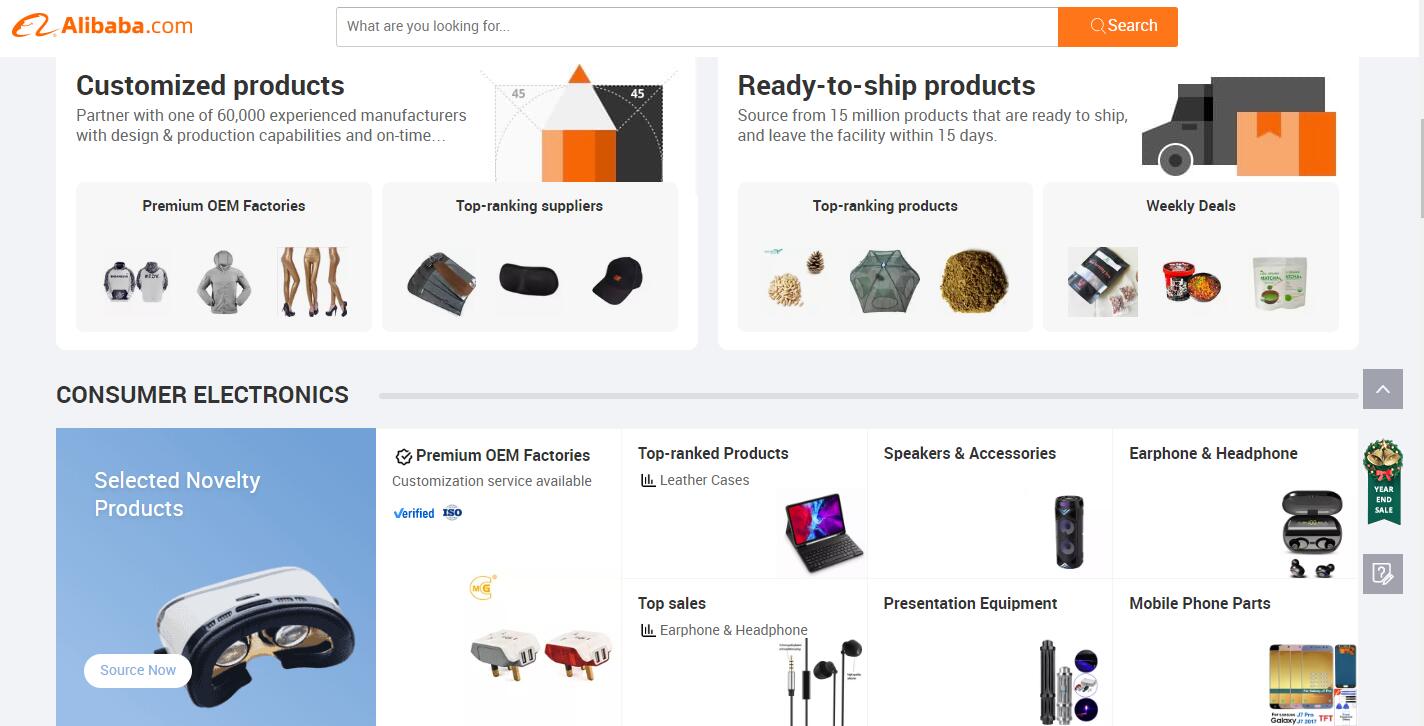
Agricultural supplies
Canned food
Seasonings and condiments
Fabric
Uniforms
Wedding apparel and accessories
Eyewear
Fashion accessories
Auto parts
Luggage
Home appliances
Computer hardware
TVs
Personal protective equipment (commonly known as PPE)
Electrical generators
Gym equipment
Art
Home decorations
Baby toys
Cooking tools
Now is also the time to determine whether any items you’re considering importing are prohibited or restricted by the Austrian government. If they are, delve into the current regulations that apply to those specific items. The last thing you want is to realize your cargo isn’t allowed into the country and you have to figure out what to do with a container-load of inventory.
Examples of prohibited or restricted items for import into Austria:
Toys and games that contain copper sulfate
Switchblades
Illegal drugs and narcotics
Asbestos in all forms
Bonsai plants
Citrus plants
Grapevines
Any products containing the chemical L-tryptophan
Rubber erasers that resemble food and could easily be swallowed
Medical thermometers intended for human use that contain mercury
Any products containing the chemical biocide dimethylfumarate (DMF)
Nutritional supplements (contact Austrian customs for information regarding exceptions)
Keep in mind that this list isn’t exhaustive and can change often, so check current regulations every time you decide to ship a new type of item to Austria.
Step 3: Find a supplier
After you’ve decided what you want to offer your customers, an internet search can put you in touch with Chinese suppliers looking to sell just that. By developing a mutually-beneficial relationship with your suppliers, you can provide quality goods for your customers while creating beneficial business for yourself and your supplier.
Where can find China Suppliers:
As we know, a good supplier is equal to a good client, so it is very important for us to find the right china supplier before we do business. Here are some methods for your to search for the right suppliers from China as your business partners.
- Famous business to business website from China is a good place for you to choose suppliers.
- Famous business to clients website from China is the second place for you to choose China suppliers.
- Visit different kinds of fair from China is a good method for contact with suppliers directly.
- You freight forwarder can help to recommend good suppliers for you, as they are Chinese, as a high quality freight forwarder,they should have many different cooperated suppliers already.
- China Sourcing Company can help you to buy any goods directly from the suppliers if you don’t want to looking for suppliers by yourself. There are so many China Sourcing company which do this job very well, it may be a better choose than you buy directly from China.
- You can search suppliers on google directly by yourself. There will have good and large enough China supplier information for your choose.
If you find yourself struggling with price negotiations with your newfound supplier, contact us. We can talk you through the process and help you get the best price for your merchandise. It’s just one more way DFH Logistics is here for you from beginning to end.
Step 4: Estimate your tax liability
Austrian customs will apply a value-added tax based on the value of your merchandise. You may also need to pay customs and excise duties.
Other taxes and fees may apply depending on the type of items you’re shipping. It’s vital to stay well-informed about current Chinese and Austrian trade regulations so you know ahead of time what fees and taxes you should expect to pay. This will prevent unhappy and expensive surprises down the road. It will also help prevent you from running into unforeseen problems at Austrian customs.
If you want to import from China but are unable to pay taxes, DFH Logistics can help you solve this problem. Our door-to-door shipping services include customs clearance and taxes in our price quotes. And no matter what shipping method you choose, we can help you navigate tax information.
Step 5: Define your shipment’s Incoterms

If you’ve never shipped anything internationally before, you might not be familiar with the term “Incoterm.” Incoterms are internationally-recognized rules and terms that distribute responsibilities and liabilities between buyers and sellers when importing and exporting goods. They address who’s responsible for making payments on and monitoring shipments, obtaining insurance, preparing shipping and customs documents, and other shipping-related tasks. They’re industry-standard, so they’re important to be familiar with. Make sure you familiarize yourself with these and define your shipping’s Incoterms before moving forward.
Step 6: Hire a freight forwarder
As you can see, shipping items across the world is a complicated process that can get messy if you don’t know what you’re doing. That’s why it’s so important to hire a reliable and experienced freight forwarder. A good freight forwarder will handle the transportation of your inventory from the time it leaves your factory until it arrives at its final destination. This is the service DFH Global Logistics has years of experience handling. Don’t hesitate; reach out today so we can get to work helping with your shipment.
Not sure where to start?
If you want to start doing business but don’t know where to start, send us an inquiry. We can teach you the step-by-step process and help you source products. We’re so confident you’ll love our service, we want to start working with you before you’re even ready to start shipping inventory.
Shipping Methods from China to Austria:
We can provide cost estimates and explain the pros and cons of each shipping method in your specific situation. However, it’s best to have some background knowledge of these methods beforehand as well.
The main options are express shipping by courier service, airfreight, train railway freight, and sea freight. In this section, we’ll provide a quick overview of how each method works as well as their respective strengths and weaknesses.
Express Shipping From China to Austria:
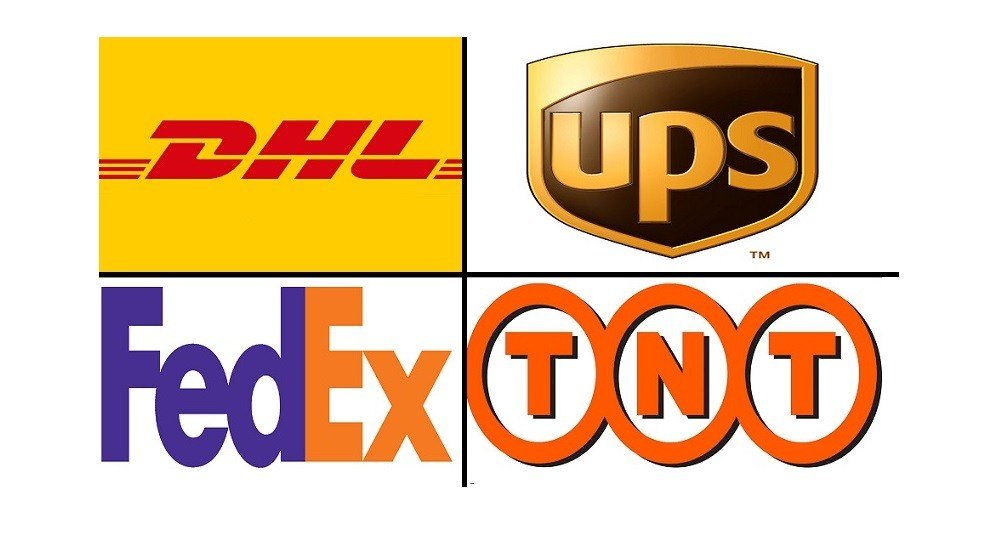
This is the fastest option to ship goods to Austria. With Express shipping, your merchandise can reach its destination in 2-3 business days, or 3-6 calendar days. With Express shipping courier services see your packages from door-to-door – that is, from your supplier factory to the items’ end destination.
A variety of well-known carriers offer these services, such as UPS, TNT, FedEx, and EMS. They all have good reputations for reliability, so you can rest easy knowing your items are quickly making their way to their destination. These carriers use a variety of methods (airfreight, sea freight, and train railway freight, which we’ll go into in greater depth later) to provide a hands-off, worry-free service. They can pick up your inventory at your door (or factory) and see it all the way to a designated address, whether that be the warehouse in Austria or directly to your Austrian customers.
Door-to-door express shipping handles items of all sizes and weights. Light items are generally air-freighted for speed and heavy items are sea-freighted, which involves a longer ship time. But since they come directly to your door, they are the most convenient option.
Upsides to express shipping: A fast, worry-free experience for you
Downsides to express shipping: More expensive than alternatives
Airfreight From China to Austria:
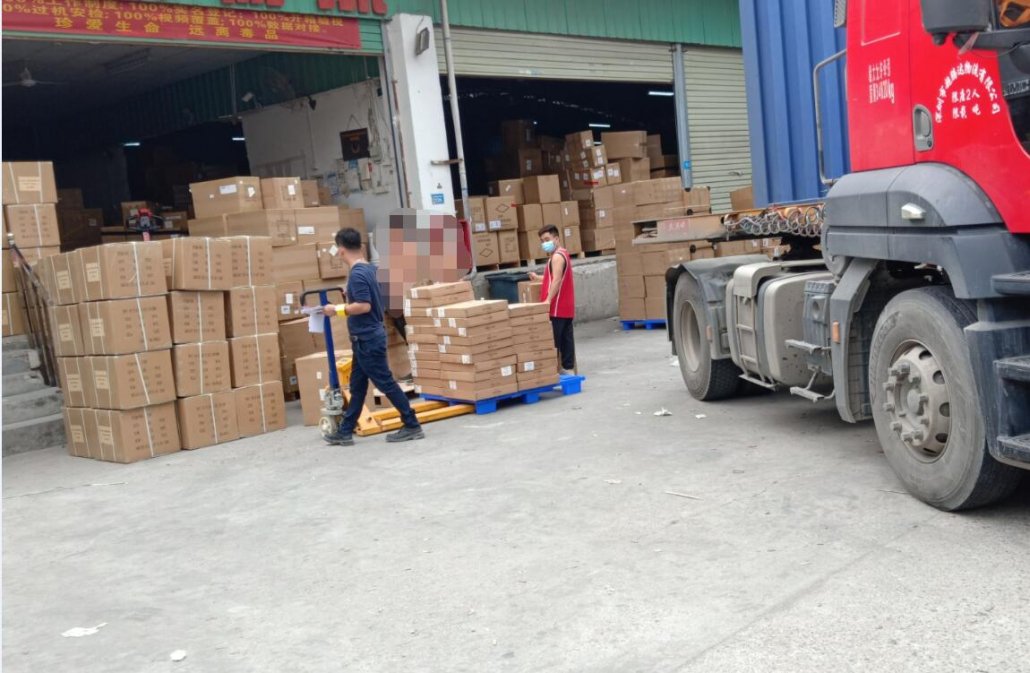
The biggest advantage of airfreight is its speed. Items leaving China can arrive in Austria within 8 days. This is optimal for high-value items since they spend less time in transit. However, there are a few trade-offs for that speed.
Airfreight is generally more expensive than rail or sea. It’s also better for small items because airlines have weight and volume restrictions. Airfreight also uses more fuel than alternatives, so if carbon footprint is a concern for you and your company ethic, you’ll want to opt for sea or rail freight.
Keep in mind that airfreight normally only involves delivering goods to an airport in Austria, not to the inventory’s ultimate destination. Additional transportation accommodations must be made to get your shipment to its final destination. The exception, of course, is if you’ve arranged for door-to-door transportation. As discussed above, door-to-door delivery allows arrangements to be made to transport the goods from the airport to their end destination, as well as clearance through Austrian customs.
Airfreight is split into two categories: general cargo and special cargo. As the name suggests, most items are considered general cargo.
Examples of general cargo:
Electronics
Jewelry
Pharmaceuticals
Personal accessories like watches, purses, etc.
Special cargo is subject to different regulations than general cargo, which can involve additional inspections.
Examples of special cargo:
Live animals
Dangerous items, like certain chemicals
Items that need to be temperature-controlled, such as seafood
Remember, some airlines have restrictions that prevent them from handling special cargo. When obtaining an estimate, make sure you mention any items that might fit into this category. The type of items you’re shipping can impact what airlines (and which airport destinations) your items can travel through. This, in turn, can affect the price you end up paying.
Top Chinese airlines from China to Austria:
Top Chinese airports for exports to Austria:
Beijing Capital International Airport
Chengdu Shuangliu International Airport
Shanghai Hongqiao International Airport
Shanghai Pudong International Airport
Xian Xianyang International Airport
Guangzhou Baiyun International Airport
Hong Kong International Airport
Kunming Changshui International Airport
Austria’s international airports for imports:
Vienna Airport
Salzburg Airport
Innsbruck Airport
Graz Airport
Linz Airport
Klagenfurt Airport
Top International Freight Airlines from China to Austria:
Federal Express
UPS
British Airways
China Airlines
Asiana Airlines
All Nippon Airways
Upsides to airfreight: Fast
Downsides to airfreight: Expensive, high carbon footprint, constraints on what type of items can be shipped via air
Train Railway Freight From China to Austria:
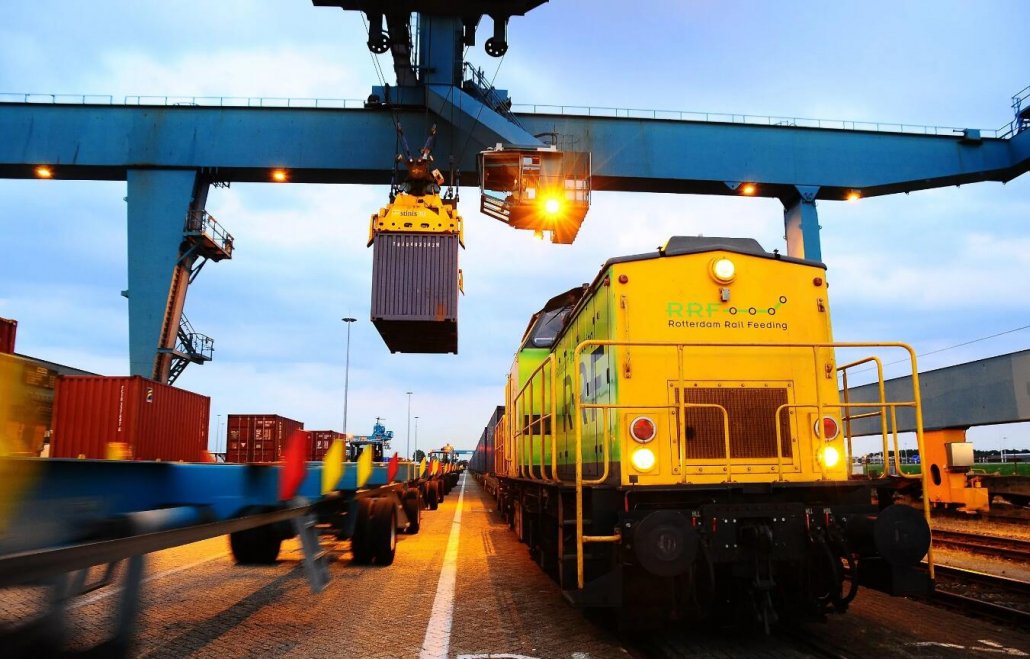
Train railway freight is the happy medium between sea freight and airfreight. Generally, railway freight is about half the price of airfreight, but about 40% faster than sea freight, mitigating the main drawbacks of both. Using a method quicker than sea freight allows you to keep less inventory on hand in Austria, since you can ship smaller batches more frequently. This also allows you to tailor your inventory to your clients’ changing needs by making smaller, quicker, more frequent shipments.
This method is versatile; it can ship pallets, cartons, crates, controlled-temperature items, frozen and fresh food, pharmaceuticals, and other items that require special care and handling. Railway freight can also handle a large variety of products, both small and large.
However, there are limitations to railway freight. High-value and dangerous items can’t be shipped by railway freight, so you’ll need to look into other options if those terms apply to your merchandise.
Train railway freight is split into two types: Full Container Load (FCL) and Less-than-Container Load (LCL).
Full Container Load (FCL): These are shipments where all the items in a container are owned by a single company. This is a good option when you’re shipping enough volume that you can fill an entire container by yourself. This is suitable for bulk items and large-volume products. It’s the most cost-effective option of all, provided you’re filling the entire container.
Less-than-Container Load (LCL): Multiple shippers’ items are packed together into a single container. This is the way to go when you’re shipping in quantities too small to fill an entire container. This allows for smaller, more adaptable inventory.
You may be wondering why anyone would choose LCL if FCL is the cheaper option. With FCL, you pay for the entire container. If your shipment is too small to fill the container, it can be more cost-effective to opt for LCL, where you’re only paying for the space your items take up.
Railway train freight from China to Austria

We can arrange railway train freight from China to Austria,if you need us to pay the taxes, and help to do the import taxes, then we will have train freight shipping method including taxes and customs clearance for your reference. You need only waiting for the cartons arriving from your china suppliers after you pay the shipping cost to us. All the steps of handling shipping from China to Austria we will help to do for you.While if you want to use your own taxes account for shipping by train. It will be also OK, we have this kind of shipping route to meet your requirements as well.
Items that can’t be shipped by railway freight:
Electronics (tablets, cell phones, digital cameras)
Batteries
Liquids
Powders
Knives
Weapons
Other hazardous items
Main railway freight routes that run from China to Europe:
Wuhan-Europe
Chongqing-Europe
Suzhou-Europe
Zhengzhou-Europe
Yiwu-Madrid
Upsides to train railway freight: Faster than sea freight and less expensive than airfreight, making it a great middle-ground between the two. Train railway can handle a wide variety of items, both in terms of item type and in size and weight. The FCL and LCL system allows you to choose the option that works best for you.
Downsides to train railway freight: Because some railways end in Germany, additional arrangements may need to be made to transport the items from Germany to their final destination in Austria. There are also limitations regarding what items can be shipped via train railway. Also, since it’s a middle-ground between the speed of airfreight and the low cost of sea freight, if speed or low cost are your highest priority, it’s unlikely railway freight will be the best choice for you.
Sea Freight from China to Austria:

Sea freight is the most common method of shipping items from China to Austria, mainly because of its versatility and reliability. While rail and airfreight have constraints on what items they can carry, practically everything can be shipped by sea, including very large and heavy items (like cars). The main downside to sea freight is its timeline. While other shipping methods deliver cargo in a matter of days, sea freight takes weeks. Items usually take between 20 and 50 days to reach their destination, depending on the type of freight and the specific ports of departure and arrival.
Sea freight operates under the same FCL and LCL container system as train railway freight. Consider container sizes when choosing shipment sizes and when obtaining a price estimate, since prices for FCL and LCL are different.
Top Chinese seaports for exports to Austria:
Shanghai
Shenzhen
Ningbo-Zhoushan
Guangzhou
Qingdao
Main Austrian seaports:
Vienna
Krems
Enns
Linz
Upsides to sea freight: Inexpensive, lower carbon footprint than airfreight, can handle all items, FCL and LCL system lets you adapt to your business’s needs
Downsides to sea freight: Slow
Comparing Shipping Methods at a Glance:
Shipping Cost from China to Austria:

| Express | High |
| Airfreight | High |
| Rail freight | Medium |
| Sea freight | Low |
Shipping costs change frequently due to factors such as:
Capacity
Demand
Fuel prices
The state of China and Austria’s economies
Seasonality
Busy times for Chinese exports are January (Chinese New Year) and the third quarter of the year (July-September). The latter is due to increased demand in anticipation of end-of-the-year holidays.
Keep in mind that quotes for FCL shipping are usually stable for up to 2 weeks, while LCL rates last up to a month. This is why it’s so important to 1) obtain a quote specific to each shipment, and 2) act quickly to place your shipment order after receiving a quote.
Shipping Time from China to Austria:
| Express | 2-3 business days, or 3-6 calendar days |
| Airfreight | 8 days |
| Rail freight | 28-35 days |
| Sea freight | 20-50 days |
How do I know what method is right for me?

This is just a summary to give you an idea of shipment methods. The only way to know what shipping method is the best choice for your specific needs, at the specific time of shipment, is to contact an experienced freight forwarder who can listen to your situation, provide cost estimates, and recommend the option that best fits your needs.
At this point, it’s probably abundantly clear that this process is complicated and involves a lot of factors. That’s why it’s so important to get a quote that’s specific to you.
DFH Global Logistics has over 10 years of experience handling international shipment logistics, which means they have the know-how and ability to make sure each shipment reaches its destination safely and without complications. If you’re looking for a freight forwarder to coordinate your shipments from China to Austria, contact us for a quote today.
Documents to prepare when shipping from China to Austria
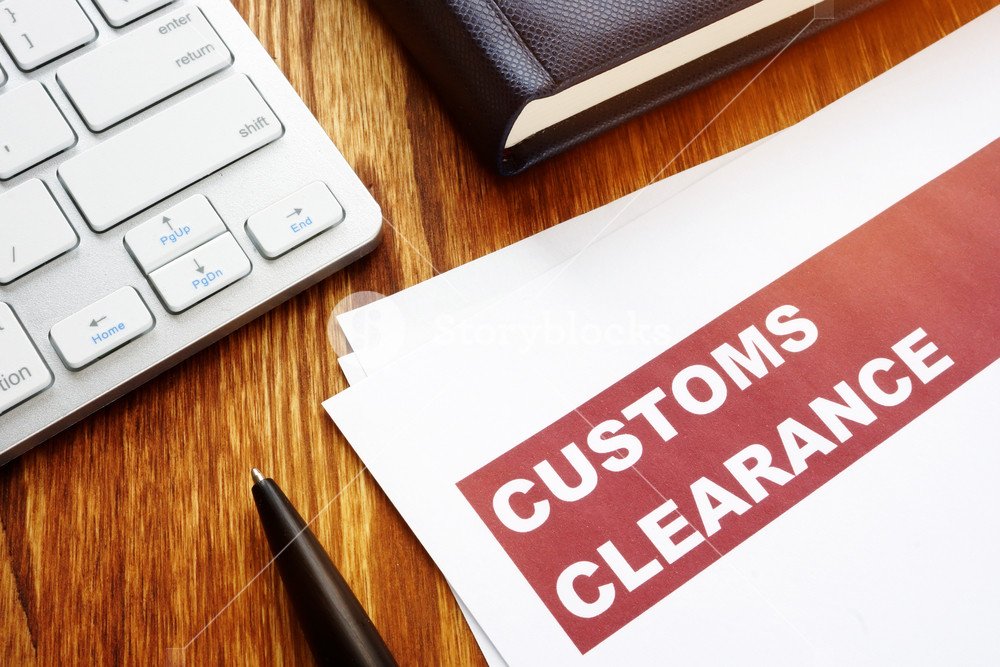
- Single Administrative Document. This is the declaration document that you write to customs.
- Bill of lading, also known as an air waybill, sea waybill, or courier waybill. This is required for every shipment and serves as a contract between you and the carrier.
- Entry summary declaration
- Certificates of Origin
- CMR
- Packing list
- CIM consignment note
- Certificate of shipment
- Invoice
Not all of these are necessary in every case, and document requirements vary based on the shipping method. Staying well-informed about current regulations and consulting with your freight forwarder will help ensure you always have the proper documentation prepared for your shipment.
If you’re not sure what documents you need or feel lost when preparing your documents, contact us. We offer help preparing commercial invoices as well as import and export customs clearances for each shipment.
Advantages of Choosing DFH Logistics as Your Freight Forwarder
Why choose DFH global logistics limited as your? freight forwarder from China?
As We offer the following complimentary services for your convenience:
- 24/7 customer service.
- Pickup from supplier factories, if only your supplier located within China Mainland, no matter which city it is, we have our driver to pick up the goods in free charge.
- If you have multiple suppliers, we’ll pick up from each of their warehouses and package your goods together to save you shipping costs.
- After picking up your goods from your suppliers’ warehouses, we’ll check all your product for quality before we send them out if you need us to do this.
- We take photos of merchandise after pickup upon request.
- If your goods aren’t ready to send to their destination, we offer Free warehousing until they’re ready to go.
- Free repackaging service for goods from suppliers so you know your merchandise is always properly packed for safe, damage-free transit.
- We can help to ship goods to any destination address as request.
- We can keep your customer information safe without let your suppliers know.
We have offices in Shenzhen, Guangzhou, Shanghai, JiangXi, TianJing ?and Zhejiang. No matter where your suppliers are located, we can pick up your goods from anywhere in mainland China within 3 hours of your pickup authorization.
Whatever the request, no matter how unorthodox the shipment, we’ll do whatever it takes to fit your needs.
Whatever you want to move, wherever your inventory needs to go, we can meet the challenge!
Contact us so we can get started on your quote today.
Shipping From China to Austria – Frequently Asked Questions:
What import taxes will I have to pay at Austrian customs?
Austrian customs applies a value-added tax to all imported products based on their valuation at customs. You may also need to pay customs and excise duties, as well as other fees.
It’s vital to stay well-informed about current Austrian import fees and to disclose all the contents of your shipments to your freight forwarder so they can provide you with an accurate estimate.
What’s the cheapest way to ship from China to Austria?
Sea freight is the cheapest shipping option from China to Austria. However, prices vary often based on several factors. Remember that prices for FCL and LCL are different, and which one is most economical for your situation will depend on the particularities of a specific shipment.
How can I make sure my goods arrive safely?
While we take all possible precautions, we encourage every customer to purchase insurance so your shipments are covered in case of damage or loss during transit. We’re happy to help you choose the right insurance for you. We can even walk you through the process.
When will my payment be due?
Payment is due after goods ship. If you’re choosing to have us pick up your items at your supplier factory, payment is due after item pickup. We will send out and provide the tracking number which can let you truck your goods shipping states on line, at the time you can arrange to pay to our company account.
Which payment methods do you accept?
T/T transfer
PayPal
Western Union
Cash in RMB (Chinese currency)
If you want to import goods from China to Austria and have other questions, please send us a message using the template below – or email us directly at info@dfhfreight.com. It will be our pleasure to support you as you navigate shipments step by step.
Contact DFH Global Logistics for Best Rate
Your Best Freight Forwarder Partner in China
Contact DFH Global Logistics for Best Rate
The Best Freight Forwarder in China

